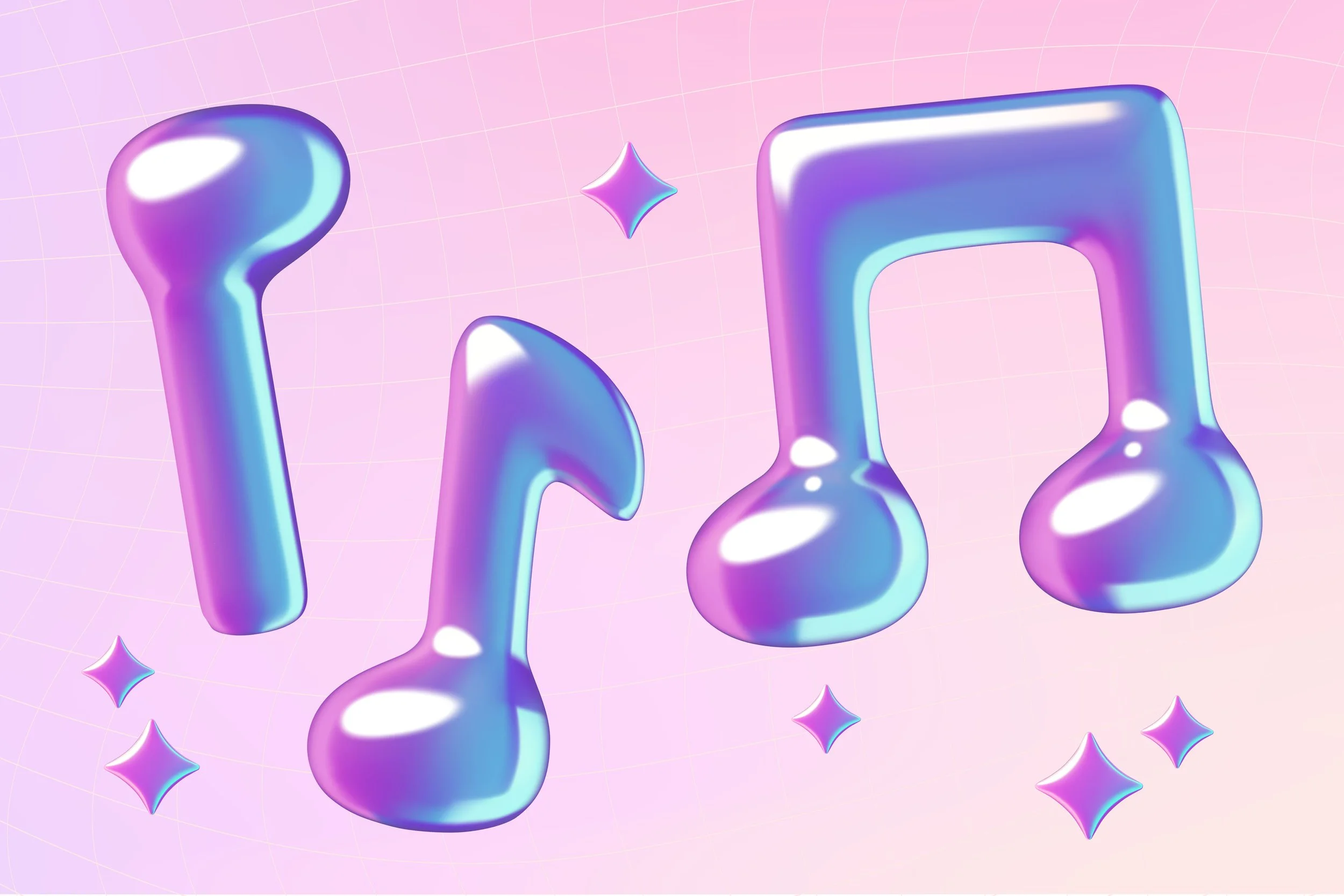Songs & Fingerplays That Anchor the Day
Songs & Fingerplays That Anchor the Day
For children ages 1–6, songs and fingerplays are more than cute activities—they’re powerful tools for building early literacy, memory, and emotional security. When used consistently at key moments, these simple routines help structure the day, make transitions smoother, and boost language development naturally.
The best part? You don’t need to be musical to make this work. Your voice, a steady rhythm, and playful repetition are all it takes to transform everyday moments into joyful learning rituals.
Why Songs and Fingerplays Work So Well
Research has shown that music and rhythm have a profound impact on young children’s brains. Here’s why they’re so effective:
🧠 Strengthen language pathways through rhythm, rhyme, and repetition.
📝 Build phonological awareness, a core early literacy skill.
⏰ Provide predictable structure, helping children anticipate daily routines.
❤️ Foster connection and emotional regulation through shared experiences.
✋ Engage multiple senses—hearing, sight, and movement—for deeper learning.
👉 When songs are tied to specific moments in the day, children use them as anchors, knowing exactly what comes next.
Morning Songs: Setting the Tone for the Day
Start the day with songs that greet children, energize them, and mark the transition into learning mode.
Examples:
🎶 “Good Morning to You” (to the tune of Happy Birthday)
“Good morning to you, good morning to you,
Good morning dear friends, good morning to you!”
🎶 “Hello, Hello” (Super Simple Songs)
“Hello, hello, can you clap your hands?”
🎶 Name Clap Chant
“Sophie, Sophie, clap, clap, clap!”
👉 These songs combine personal connection (name use) with rhythm and repetition, priming kids for language learning and focus.
✨ Pro tip: Add a puppet “host” to sing the song with extra enthusiasm. See Using Puppets to Transition Kids Into Learning Mode.
Transition Songs: Smoothing the Bumpy Parts
Transitions can be some of the toughest moments for preschoolers. Short songs and fingerplays make them smoother by signaling what’s happening next in a fun, predictable way.
Examples:
🎶 “Clean Up, Clean Up” (classic)
“Clean up, clean up, everybody everywhere…”
🎶 “1, 2, 3, Eyes on Me”
Teacher: “1, 2, 3, eyes on me!”
Kids: “1, 2, eyes on you!”
🎶 Marching Song (to the tune of “The Ants Go Marching”)
“We’re marching to the rug, hurrah, hurrah…”
👉 These songs work because they engage children’s attention immediately and give their brains a rhythmic cue to shift gears.
✨ Pro tip: Keep transition songs short and snappy—15–30 seconds is usually perfect.
Literacy Songs & Fingerplays: Building Phonemic Awareness
Songs that emphasize rhymes, repetition, and sounds build crucial literacy skills.
Great choices include:
🎶 “Down by the Bay” – Encourages rhyme generation.
🎶 “Five Little Ducks” – Teaches sequencing and counting rhythmically.
🎶 Alphabet Sound Song (custom)
“A says /a/, A says /a/,
Every letter makes a sound, A says /a/!”
✋ Fingerplays like:
“Itsy Bitsy Spider” 🕷
“Open, Shut Them” ✋
“Two Little Blackbirds” 🐦
👉 These activities build sound awareness, vocabulary, and motor coordination, all of which support reading readiness.
Emotional Regulation Songs: Calming and Centering
Not all songs are high-energy. Calming songs help children reset emotionally during transitions, rest time, or after big feelings.
Examples:
🎶 “Deep Breath In” (soft and slow)
“Deep breath in, deep breath out,
Let’s calm down, no need to shout.”
🎶 “Hands to Heart” (gentle lullaby tone)
“Hands to heart, feet on the ground,
Listen to the softest sound.”
Fingerplays like “Rainbow Breaths” (stretching arms overhead) or “Star Light, Star Bright” work beautifully before naps or quiet reading.
👉 These songs give children tools to regulate their own emotions, not just follow adult cues.
Goodbye Songs: Ending the Day with Ritual
Goodbye songs bring closure and help children reflect on the day.
Examples:
🎶 “Goodbye Friends” (to the tune of Goodnight Ladies)
“Goodbye friends, goodbye friends,
Goodbye friends, it’s time to go.”
🎶 “See You Later, Alligator”
“See you later, alligator—after while, crocodile!”
👉 When repeated daily, goodbye songs become emotional anchors, giving children a sense of routine and stability.
Bonus: Create Your Own Signature Songs
You don’t need to rely only on classics. Children love songs you make up, especially if they include:
Their names
Inside jokes or family-specific phrases
Daily routines unique to your home or classroom
👉 A silly made-up song often becomes the one they remember most.
✨ Tip: Keep melodies simple and repetitive. Familiar tunes like “Twinkle Twinkle Little Star” or “Mary Had a Little Lamb” work great as templates.
Helpful Links
👉 Early Learning & School Readiness Hub
👉 Using Puppets to Transition Kids Into Learning Mode
👉 Morning Greeting Rituals That Boost Language Skills
👉 Simple Letter Sound Songs Kids Actually Remember
Songs and fingerplays are deceptively powerful. When woven into daily routines, they give children structure, joy, and language-rich experiences that build early literacy and emotional skills over time.
You don’t need musical talent—just consistency, enthusiasm, and a willingness to be playful. A few well-chosen songs used at the same moments each day can become the anchors that make your entire routine flow more smoothly.
This content is for educational purposes and is not a substitute for professional medical or psychological advice.
Popular Parenting Articles


